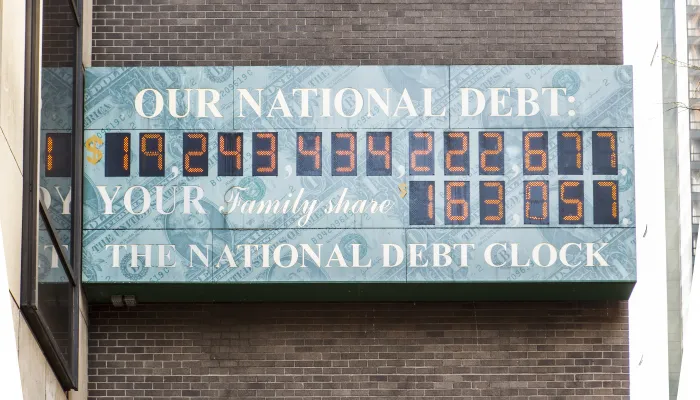MarketWatch: March 14-17, 2011
U.S. Interest Rates: What is "Normal"? Throughout the week, worried investors once again turned to U.S. Treasury instruments as safe haven investments. This time, investors reacted as fears mounted over the effects of Japan’s nuclear reactor crisis on the Japanese and global economies. Starting the week around 3.40 percent, the yield on the benchmark 10-year Treasury bond dipped below 3.20 percent on Wednesday (the 16th), the lowest point since December. By the end of day on Thursday, however, yields had reversed course for the first time this week and ended up slightly higher as traders focused more on somewhat positive labor market and production reports.
The direction for 30-year bonds over the past week was initially different. There was a sell-off of 30-year bonds at the end of last week, thought to reflect the repatriation of holdings by Japanese insurance companies to finance Japan’s reconstruction in the aftermath of its disasters.
Secondary to the Japan safe haven effects but still around, Middle East turmoil and worries about the direction of oil prices has also continued to fuel safe haven demand for Treasuries. Safe haven effects related to worries about eurozone debt crisis prospects have subsided for the time being.
Safe haven effects have more than offset upward pressure on interest rates driven by economic fundamentals. As the economy struggled to recover, yields were driven up earlier this year – seen as the start of a return to “normal”. More recent news on the U.S. economy has been positive on balance, although employment, investment, and the housing sector remain weak. This week’s inflation reports also raise questions, but it is too soon to tell whether price increases for a few key items will prove to be transitory.
Looking Ahead. U.S. interest rates are low because of safe haven demand for Treasuries and the steps taken by the Fed to support the struggling recovery. Some of the biggest players in the financial markets (Pimco and Vanguard) have started to wonder what will happen to interest rates if the Fed stops its bond buying program at the end of June, as currently scheduled. In his March Investment Outlook, Pimco head Bill Gross wrote:
“Who will buy Treasuries when the Fed doesn’t? The question really is at what yield, and what are the price repercussions if the adjustments are significant.”
This is a matter of great concern for those of us watching as the U.S. government finances its massive budget deficits at current, low interest rates, which cannot be considered "normal" levels by any stretch of the imagination.


